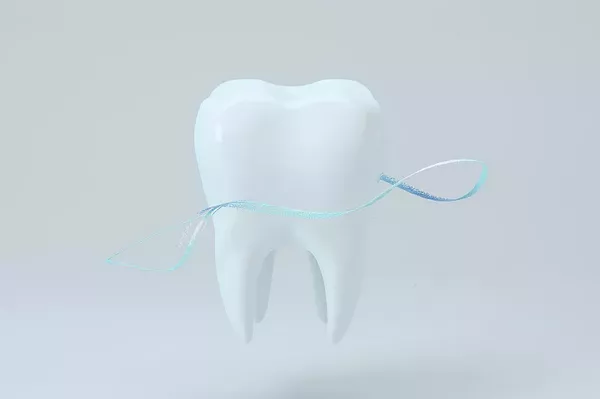In the quest for a brighter smile, many individuals turn to teeth whitening strips as a convenient and effective solution. However, it’s crucial to understand the potential consequences of leaving whitening strips on for extended periods. This article delves into the risks associated with prolonged use and provides valuable insights to maintain optimal oral health.
1. Understanding the Basics of Whitening Strips
Teeth whitening strips are a popular at-home solution designed to remove surface stains and brighten your smile. Typically coated with a peroxide-based gel, these strips adhere to the teeth, allowing the active ingredients to penetrate and break down stains. While they are generally safe when used as directed, problems may arise when individuals exceed recommended usage times.
1.1 The Science Behind Whitening Strips
To comprehend the potential risks, it’s essential to grasp the science behind whitening strips. Hydrogen peroxide or carbamide peroxide, common whitening agents, work by oxidizing and breaking down stains on the tooth‘s surface. Extended exposure may lead to increased sensitivity, gum irritation, or other adverse effects.
1.2 Recommended Usage Guidelines
Dental experts recommend using whitening strips for the specified duration mentioned on the product packaging. Overusing these strips can lead to complications, undermining the intended benefits and posing risks to your oral health.
2. Risks of Leaving Whitening Strips on Too Long
Leaving whitening strips on beyond the recommended time frame can result in various issues that compromise your oral health. Understanding these risks is crucial for maintaining a balance between achieving a brighter smile and preserving the integrity of your teeth and gums.
2.1 Increased Tooth Sensitivity
Extended exposure to whitening agents may heighten tooth sensitivity. This sensitivity occurs when the peroxide penetrates the enamel, reaching the tooth’s nerve endings. Individuals may experience discomfort or pain, particularly when consuming hot or cold foods and beverages.
2.2 Gum Irritation and Inflammation
Prolonged use of whitening strips may irritate the gums, leading to inflammation and discomfort. This is often a result of the peroxide gel coming into contact with the delicate gum tissues. Ensuring proper placement of the strips is crucial to minimize the risk of gum-related issues.
2.3 Uneven Whitening and Discoloration
Contrary to the desired outcome, leaving whitening strips on for too long may result in uneven whitening and discoloration. This is especially true if the strips are not applied evenly or if the recommended usage guidelines are ignored. Achieving a uniformly bright smile requires adherence to the suggested application time.
3. Best Practices for Optimal Whitening Strip Use
To mitigate the risks associated with whitening strips, it’s essential to follow best practices that prioritize your oral health. Implementing these guidelines ensures a balance between achieving a radiant smile and preserving the well-being of your teeth and gums.
3.1 Follow Product-Specific Instructions
Always adhere to the product-specific instructions provided by the manufacturer. These guidelines include recommended usage times, frequency, and any additional precautions to prevent adverse effects.
3.2 Use Gentle Dental Care Products
Complement your whitening strip routine with gentle dental care products, such as a mild toothpaste and a soft-bristled toothbrush. This helps minimize potential irritation and maintain overall oral health.
3.3 Monitor Tooth Sensitivity
If you experience increased tooth sensitivity or gum irritation, discontinue the use of whitening strips and consult with a dental professional. They can provide personalized recommendations based on your oral health needs.
In conclusion, while teeth whitening strips offer a convenient solution for enhancing your smile, it’s crucial to exercise caution and adhere to recommended usage guidelines. By understanding the potential risks and implementing best practices, you can achieve a brighter smile without compromising your oral health. Prioritize the well-being of your teeth and gums to enjoy the benefits of teeth whitening safely and effectively.
Related Links:
Should you rinse out your mouth after using whitening strips?
What teeth whitening method works best?
Why are teeth whitening strips so expensive





























